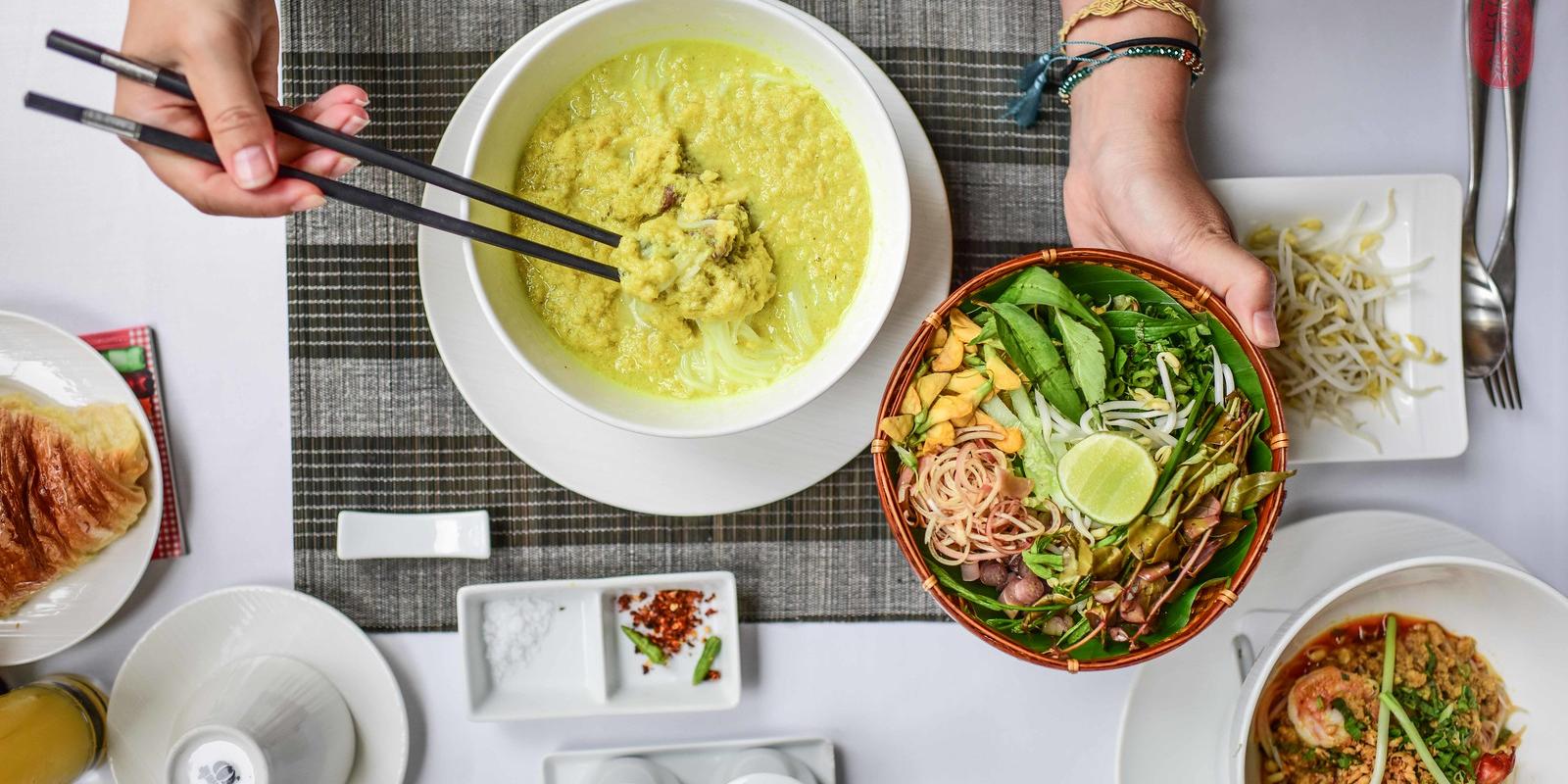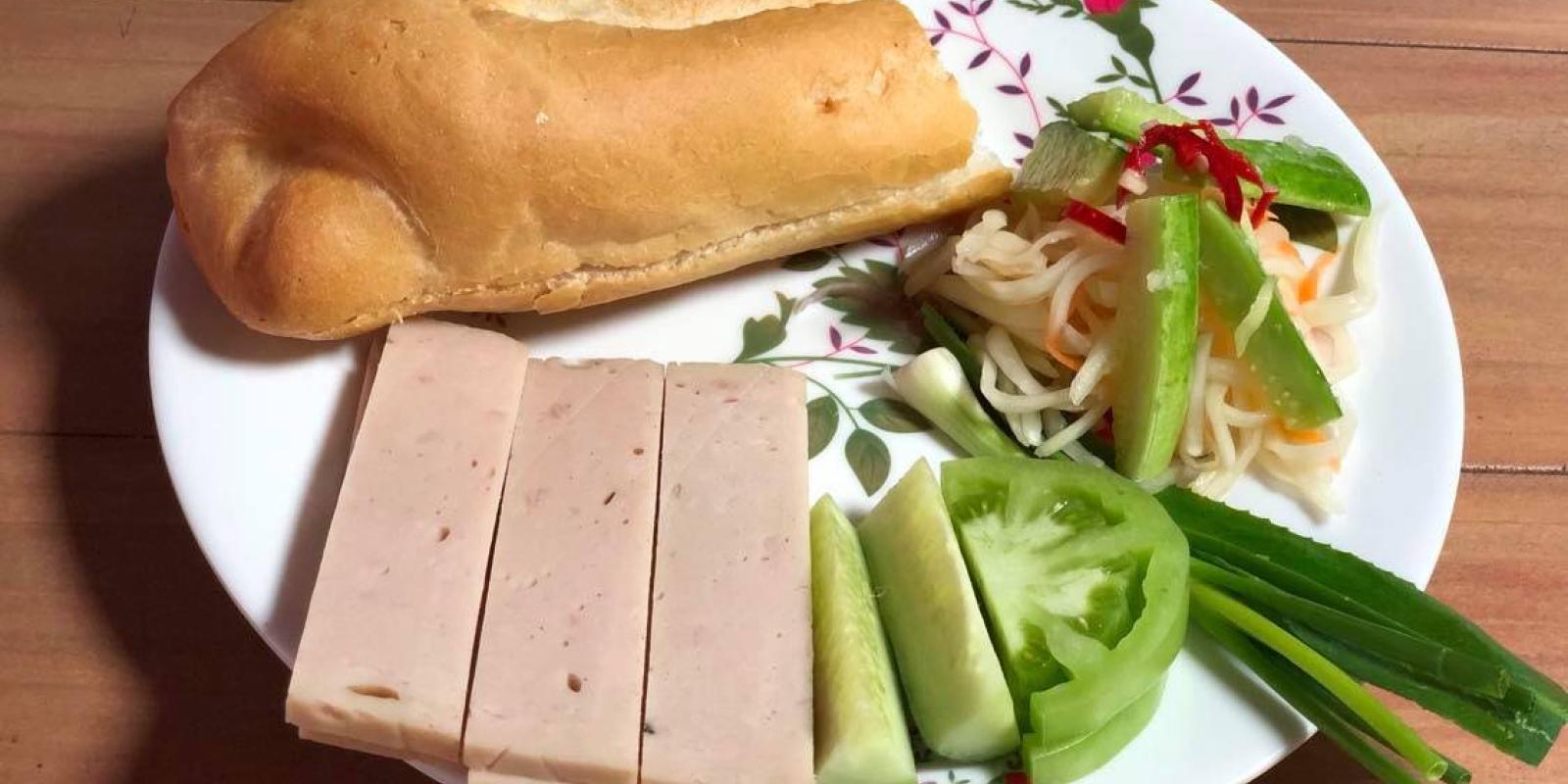You will fall in love with Cambodian food once you taste the local delicacies. Cambodian cuisine is one of the most underrated of all Asian cuisines. If you live in Cambodia, you will have the opportunity to learn and appreciate this cuisine. Then, you will know why Cambodian people enjoy their food so much.
Most likely, if you have ever visited Cambodia, some of your best travel experiences involve the delightful cuisine you encountered. Cambodian food is palatable and diverse. If you’re planning a vacation to Cambodia and are not sure what meals you should taste, you can explore some significance throughout the article.
Facts About Cambodian Cuisine Culture You Should Know
The majority of Cambodians tend to prepare food at home. They usually prepare rice, fish, and some favourite vegetables to flavour with “Prahok”, Cambodia’s national diet made from pungent and fermented fish. Sometimes we like to press those mixtures with fish sauce or “Kroeung.”
You may not know how fascinating this “Kroeung” or paste would be. It comes from spice or herb smashing from shallots, turmeric, lemongrass, and galangal using pestle and mortar, and all of the ingredients create base flavours for multiple Khmer cuisines.
In addition, Khmer foods have been characterised as sharp and sour, with less spicy and sweet than Thai and less salty and bitter than Vietnamese. Meals are expected to balance solid and liquid, cooked and raw, salty and sweet, sour and bitter flavours.
The most essential ingredients are tamarind, garlic, lemongrass, prahok, kroeung, fish sauce, curry, sugar, and soy sauce. More than that, they are lime, hot peppers, vinegar, coconut, and fruits like mango, orange, longan fruit, papaya, and banana. Vegetarian meals are commonly accessible, while most meat dishes include fish, pork, beef, or chicken. For cooking application, you can see three-legged stoves have been used in Cambodia for centuries to cook fresh Khmer meals.
On top of that, Khmer cuisine is well-known across Southeast Asia for its prahok, a powerful and fermented fish paste found in numerous traditional recipes. However, Cambodia’s primary food source is rice. So it’s no surprise that the Battambang area is Cambodia’s rice bowl. Most Cambodian recipes are prepared in a wok, also called a chhnang khteah, in the native language.
How Do Different Cultures Influence Khmer Foods?
Khmer foods, like Cambodian culture, has roots in India but draws inspiration from a wide range of Southeast Asian countries, including Thailand, Vietnam, Malaysia, China, and Java.
Even though food in Cambodia is known for its distinct taste, not to mention preserved lemons used in the dishes such as the “Chicken Soup Ngam Nguv” and noodles first introduced by the Chinese trader. Other influences include Indian turmeric and coconut milk and French ciabatta marinated in liver pâté for Cambodian breakfast.
Cambodian Daily Cuisines That Are Commonly Served
The rice porridge called “Bobor” is a typical Cambodian morning dish comparable to congee in Chinese cuisine. Moreover, People in Cambodia start their day with rice and rice noodles, which are two of their favourite foods.
“Nom Banh Chok,” or “Cambodian Rice Noodle,” is a popular breakfast meal in Cambodia and is frequently referred to as the country’s national cuisine. Some people love red curry with chicken, some go with fish-based green curry, and others go Samlor Namya (fish-based red curry). All of them are made with organic Khmer herbs such as lemongrass, kaffir lime, turmeric root, and more.

More than that, everyone is very familiar with “Kuy Teav,” another favourite morning noodle meal. This thin white noodle soup is made from rice vermicelli and beef-boned or pork-boned made soup and garnished with green onions, fried shallots, and bean sprouts.
You may have heard about “Bai Sroub” or another Cambodian typical breakfast, often known as a marinated pig/chicken/beef with rice “Bai Sach Chrouk/Bai Sach Moin/Bai Sach Ko” with some pickled vegetables and a variety of egg recipes in terms of fried egg, Khmer omelette, and caramelised egg. This is one of Cambodia’s most straightforward, fast, and affordable breakfast alternatives.
Curries, noodle soups, Samlor Maju (sour soup), fish amok, lok lak, lap Khmer, grilled squid, roasted chicken or salted roasted fish, fried ginger with chicken are some of the Cambodian dishes that are popularly made at home. They also include soups with a variety of meats, like fish, pork, chicken, seafood, and fish balls. You may also find some Cambodian-stewed dishes like pork stewed in palm sugar. But don’t forget, when it comes to traditional Cambodian dishes, Prahok will never be forgotten!
Expensive restaurants feature dishes such as honey, deep-fried snake fish with black sauce and vermicelli, and braised duck with cinnamon are expected at some high-end restaurants. In addition, Indian, Vietnamese, and Chinese cuisine are also available in Cambodia.
What are Cambodian Homestyle Cuisines?
A typical home-cooked meal generally includes soup and several stir-fries. Rice is the fundamental base for every meal.
Many meals that are often associated with Vietnam are also popular in Cambodia. For example, delicious East-West sandwiches known as Banh Mi in Vietnam are also famous in Cambodia, termed “Num Pang Pâté.” However, other Cambodian foods are much similar to Thai cuisine, except that Cambodian dishes tend to have lower levels of spice, sweetness, and coconut milk.
Rice is the most crucial component of every meal. You can see this by our daily conversation when greeting each other in reality by asking, “Nham bai haeuy nov?”. And this means Have you had your rice yet? So, rice is our core value in food. In general, a large rice dish is offered to each diner at every meal in Cambodian houses. Then, around two or three different meals, including samlor (soup), are served in a five-person family size.
Snack Culture in Cambodia
Cambodians crave different snacks especially during afternoon time. Sometimes a bowl of noodles in the mid-afternoon gives them a shot in the arm. For teens, they also love to take “Maju”, a mixture of fresh or pickled fruits such as mango, pineapple, pomegranate press together with different spicy salts and sauces.
Also, iced coffee with condensed milk is a popular drink on the street, especially during hot weather. “Mi char” (fried noodles), “Num Pang Pâté”(Paté Sandwiches), and Num Kachay (chive cakes), sandwiches and fried meatballs can be seen on almost every street. Vendors selling food from their carts and tiny eateries that set up businesses on the road are the places to locate these foods.
When you’re on a manageable budget, street food is an excellent way to learn about the local cuisines. In addition, plenty of mouthwatering street foods cost less than a dollar, making them significantly more affordable than the prices in Western restaurants.

If you’re not sure you’ll like Cambodian cuisine, hundreds of restaurants in Cambodia provide a wide variety of international food in Cambodia. Expats from the United States, the United Kingdom, France, Italy, Korea, and Japan have all opened eateries offering their native cuisine.
Vegetarians, vegans, and Muslims who want to eat halal will have plenty of choices. However, although local cuisine is the most affordable option, your favorite international comfort food will not be challenging to get, both in stores and restaurants.
References:
- FOOD IN CAMBODIA. (2014, May). Facts and Details. Retrieved March 5, 2022, from https://factsanddetails.com/southeast-asia/Cambodia/sub5_2c/entry-2890.html
- All about Cambodian food. (n.d.). Move to Cambodia. Retrieved March 5, 2022, from https://www.movetocambodia.com/about-cambodia/get-to-know-khmer-culture/food/



